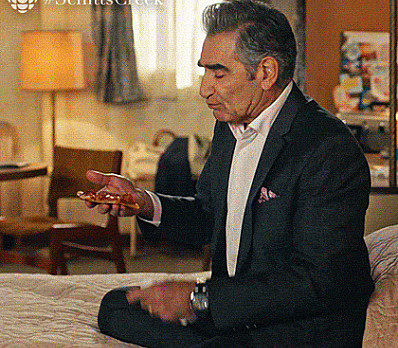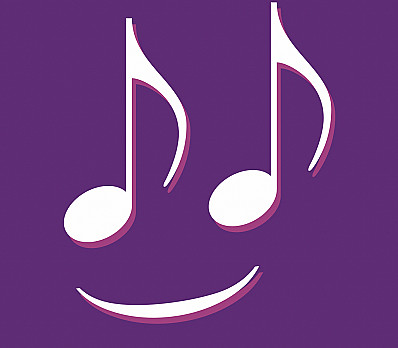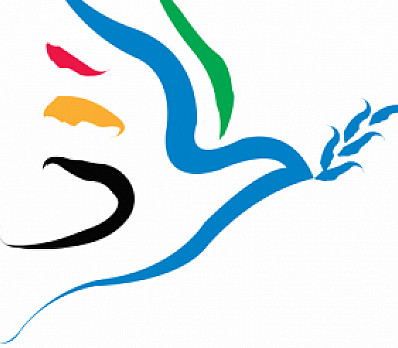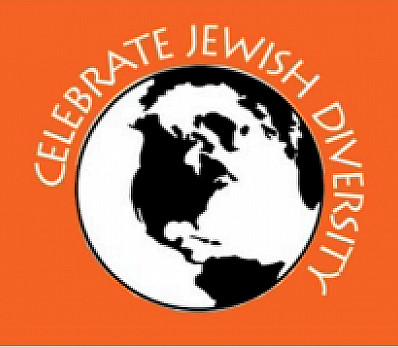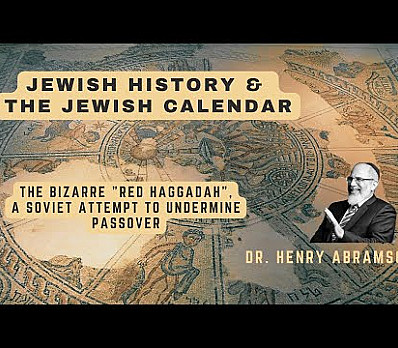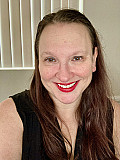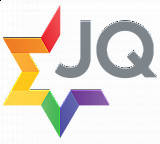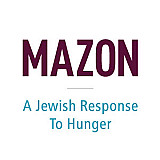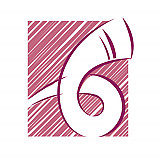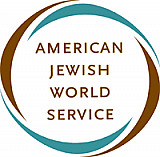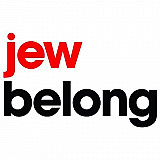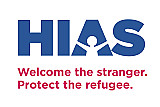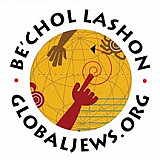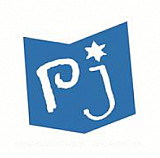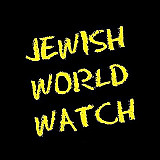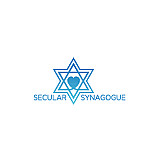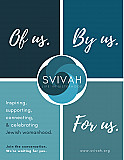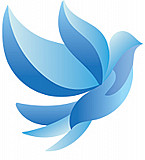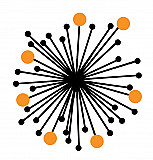The Early Zionist Haggadah – The Role of Moses in the Haggadah By Natalie Gerber
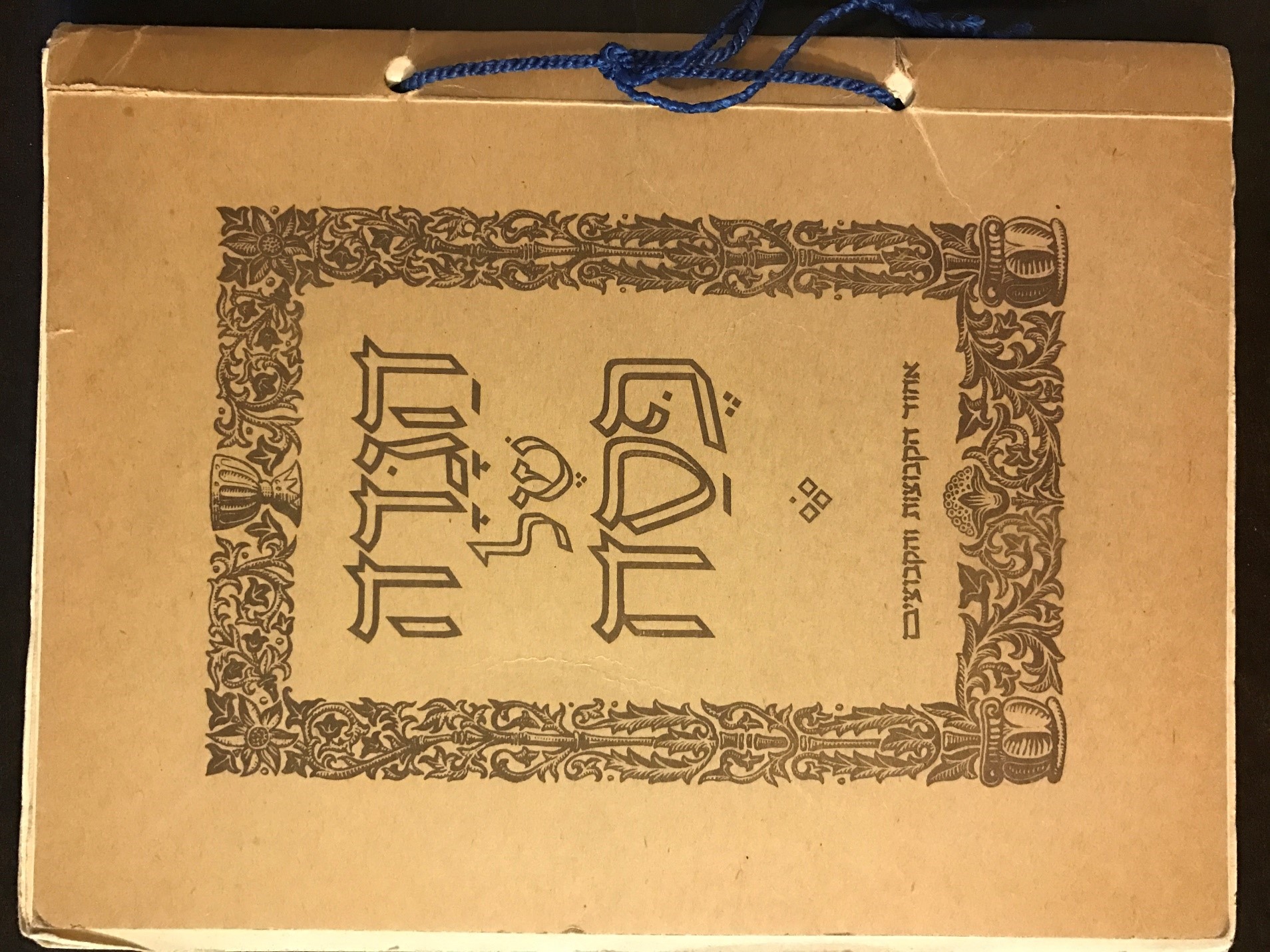
During our first week of Wexner in Snowmass, CO we were learning with Rabbi Matt Berkowitz. In the session on the Exodus story, Rabbi Berkowitz said that it is interesting that in the Torah, Moses is a central figure of the story. Moses is the emissary and key character in each of God’s miracles. In the Haggadah, however, except for one tangential sentence in Magid, Moses’ name does not appear at all. The focus of the Traditional Haggadah that we use today focuses on the centrality of God in bringing the redemption of the Israelites from slavery.
The Traditional Haggadah goes even so far to say:
V'hi she-am'dah la-avoteinu v'lanu. Shelo echad bilvad, amad aleinu l'chaloteinu. Ela sheb'chol dor vador, om'dim aleinu l'chaloteinu, v'hakadosh Baruch hu matzileinu mi-yadam.
This covenant that remained constant for our ancestors and for us has saved us against any who arose to destroy us in every generation, and throughout history when any stood against us to annihilate us, the Kadosh Barukh Hu kept saving us from them.
And later in the Haggadah it says:
Vayotzieinu Adonai mimitzrayim – lo al ydei malach, v’lo al y’dei saraf, v’lo al y’dei shaliach, ela hakadosh baruch hu bichvodo uv’atzmo, shene’emar: v’avarti v’eretz mitzrayim balaylah hazeh, v’hikeiti kol b’chor b’eretz mitzrayim meiadam v’ad b’heimah, uv’chol elohei mitzrayim e’eseh shifatim. Ani Adonai.
The Lord brought us out of Egypt – not by an angel, not by a seraph, not by a messenger, but by the holy one, blessed be He, Himself, as it is written: “I will pass through the land of Egypt on that night; I will smite all the firstborn in the land of Egypt from man unto beast; on all the gods of Egypt I will execute judgments; I am the Lord.”
And then Rabbi Berkowitz said something that I had never heard before. He said that during the time First Aliyah (1882-1903), when early Zionist Pioneers immigrated to what is now Israel, those Pioneers wrote their own Haggadah that made Moses the central figure of the story. They were making a statement that we do not need to wait around for God to come and bring the redemption, but that we can be like Moses and become God’s emissary here on earth and made the redemption come through our own actions in pursuing His will. I was really taken with what Rabbi Berkowitz was saying and wished that one day I could see one of these Haggadot.
It was just a few months later that I was looking through the library of my great grandfather. In amongst his books I found an early publications of Theodor Herlz’s The Jewish State and lo and behold there was one of those early Pioneer Haggadot. I found it fascinating to look through fragile, yellowed pages.
The cover page said right there at the bottom that it was written by the people of the kibbutzim. The images were of the kibbutzim and the pioneers that were building the country.
The Mah Nishtanah was different. Instead of the verse about dipping two times, they have a verse that says: “On all other nights we talk about everyday matters but tonight we talk about the oppression of our people and our redemption.”
Rather than use the verses from the Book of Deuteronomy about “Our Father the Aramean….,” they used the verses from Exodus itself. The story of Moses hitting the Egyptian and the Israelite who was hurting the other Israelite. How Moses was tending to the sheep when he encounters God in the burning bush and becomes God’s emissary back in Egypt. Tells the story of the splitting of the Red Sea and Moses rising and singing a song of praise to God and Miriam gathering the woman in dancing. And finally at the end of the Haggadah where even in the Traditional text we say,
Chasal sidur pesach k'hilchato, k'chol mishpato v'chukato. Ka-asher zachinu l'sadeir oto, kein nizkeh la-asoto. Zach shochein m'onah, komeim k'hal adat mi manah. B'karov naheil nitei chanah, p'duyim l'tzion b'rinah.
The Passover Seder is concluded, according to each traditional detail with all its laws and customs. As we have been privileged to celebrate this Seder, so may we one day celebrate it in Jerusalem. Pure One who dwells in the high places, support your People countless in number. May you soon redeem all your People joyfully in Zion.
And conclude the Seder with singing, “ L'shana Haba'ah b'Y’rushalayim” -- Next Year in Jerusalem!
The Pioneer’s Haggadah ends just the same way. And at the end is a drawing of what we think of as the early pioneers dancing arm in arm. The authors of the Haggadah truly felt that if they poured over the text of the Haggadah, if they discussed and tried to figure out the “secret sauce” of Moses and the Exodus from Egypt, then they would be able to figure out how to bring about the final redemption that they were working so hard to achieve. That they would be able to see the establishment of the State of Israel in their day.
While I have grown up using the Traditional Haggadah, this same discussion permeates each and every Seder that I remember my grandfather leading and that my father still leads to this very day. At the beginning of each Seder my father says, “What happened to our forefathers is a symbol of what will happen to us. And the goal of the Seder night is to try and figure out what each and every one of us needs to do to bring the ultimate redemption. We know that the process can take a long time, and we may not actually be able to see the redemption in our day. And so we focus on engaging and teaching our children so that if we don’t see the redemption that we have started to plant the seeds that our children can continue to carry on.” And like I mention later in this Haggadah at the cup of Elijah, we have the tradition of having everyone add some of their wine to the cup with the idea that, just like the early pioneers realized that they would need take an active role in bringing about the establishment of the State of Israel, that today we must each take an active role as well. And then we end every Seder by singing Hatikvah and realizing that this is the ultimate goal that we are all working toward.
Whatever text you use at your Seder, ask yourself – what is the goal of the Seder? What am I trying to impart to the next generation? What are we working to achieve in this world?
Additional pages from the Pioneer Haggadah can be found at the back of the Wexner Haggadah
Inspired to create
your own Haggadah?
Make your own Haggadah and share with other Seder lovers around the world
Have an idea
for a clip?
People like you bring their creativity to Haggadot.com when they share their ideas in a clip
Support Us
with your donation
Help us build moments of meaning and connection through
home-based Jewish rituals.
OUR TOP CONTRIBUTORS
Passover Guide
Hosting your first Passover Seder? Not sure what food to serve? Curious to
know more about the holiday? Explore our Passover 101 Guide for answers
to all of your questions.
